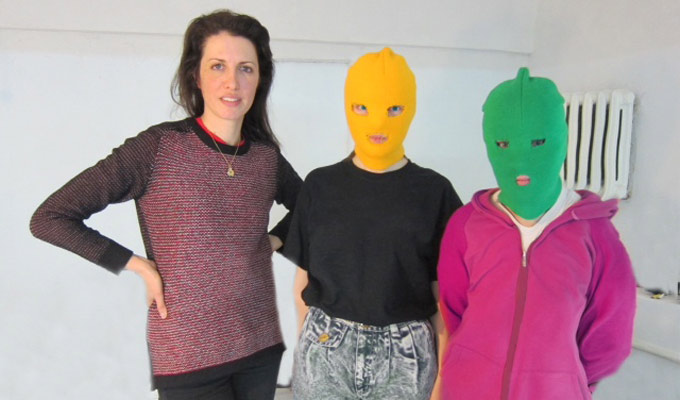
It’s a rare media cycle when an American publication goes to press without a story on Russia. In recent months, subjects including Sochi’s Olympics, laws that would prohibit “gay propaganda” or annex Ukrainian land and the arrests and releases of artists and activists, among them members of Pussy Riot and Greenpeace, have regularly splashed across front pages. Yet despite the deluge of stories, Russian artists’ takes on these developments have been absent from Creative Time Reports.
In February, all of this began to change. With generous support from the Trust for Mutual Understanding, I was given the opportunity to spend two weeks in Moscow and St. Petersburg meeting dozens of potential artist contributors. These encounters offered me an array of political forecasts, from cautiously optimistic views that art can be an effective tool for speaking out against injustice to more grim predictions of interminable stagnation.
One artist, who has been involved in several protests over the past few years and asked to remain anonymous, bluntly told me, “To be an artist [in Russia] is impossible.” During the street demonstrations that swept through Moscow and St. Petersburg in 2012, he asked himself: “How can I work in a museum when comrades are out in the streets?” Another said to me plainly, “If you were to open your eyes, you would leave.”
Most of the artists I encountered, however, felt determined to negotiate a better life from within their country. Members of Pussy Riot, whose open letter about the collective’s split was published on CTR, spoke with me about their plans to not only protest Putin and the Kremlin, but to advocate more radical political transformations rooted in feminism, which they deemed to be threatened and undervalued.
In that vein, one St. Petersburg-based artist, Olga Jitlina, designed a board game aimed at helping immigrants from former Soviet republics navigate the often-hostile terrain of finding work within Russia. The game lays out a litany of potential traps into which migrant laborers—if they fail to navigate a tortuous web of regulations and informal expectations—could fall, from lost wages to police beatings.
In the coming months, we will feature the work of many of the artists I met during this trip. It is our intention to present a nuanced portrait of the situation in Russia through each of their pieces, in the hope of forming a deeper understanding of the country’s cultural and political environment, one that sidesteps Cold War clichés and embraces a multitude of experiences.

